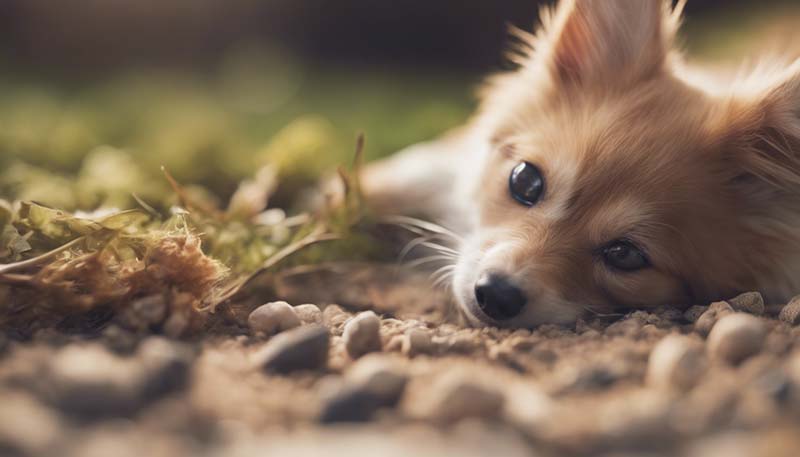The Impact of Environmental Enrichment on Pet Behavior
Environmental enrichment is a concept that has become increasingly important in the pet care industry. It refers to the process of enhancing an animal's environment to promote the expression of natural behaviors, improve their physical and psychological well-being, and increase their overall quality of life. This article will explore the role of environmental enrichment in pet behavior, its benefits, and practical ways to implement it for various types of pets.
Why Environmental Enrichment Matters
Pets, like their wild counterparts, have evolved to thrive in environments that challenge them mentally and physically. Domestication has not eliminated these instincts. Without proper stimulation, pets can become bored, stressed, and may exhibit undesirable behaviors such as excessive barking, chewing, or other forms of destructive behavior. Environmental enrichment can help mitigate these issues by providing pets with the necessary stimulation to keep them happy and healthy.
Advertisement
Benefits of Environmental Enrichment
- Improved Mental Stimulation: Enrichment provides cognitive challenges that keep pets mentally engaged.
- Increased Physical Activity: Physical enrichment encourages exercise, which is crucial for maintaining a pet's health.
- Reduction in Stress and Anxiety: A stimulating environment can help reduce stress levels, leading to a calmer and more content pet.
- Prevention of Behavioral Issues: Boredom often leads to destructive behaviors. Enrichment helps prevent these by providing alternative activities.
- Enhanced Learning and Training: Enriched environments can make pets more responsive to training and learning new skills.
Types of Environmental Enrichment
Environmental enrichment can take many forms, depending on the species and individual needs of the pet. Here are some general categories:
- Physical Enrichment: This includes toys, climbing structures, and exercise equipment that encourage physical activity.
- Sensory Enrichment: Different textures, smells, and sounds can stimulate a pet's senses and provide variety.
- Social Enrichment: Interaction with other animals or humans can be a significant source of enrichment for social species.
- Feeding Enrichment: Changing up feeding routines, such as using puzzle feeders or hiding food, can provide mental stimulation.
- Tactical Enrichment: Changing the pet's environment regularly, such as rearranging furniture or providing new toys, can keep things interesting.
Implementing Environmental Enrichment
Implementing environmental enrichment is not a one-size-fits-all process. It should be tailored to the specific needs and preferences of each pet. Here are some steps to consider:
- Assess Your Pet's Needs: Consider your pet's natural instincts, energy levels, and personality when designing an enrichment plan.
- Rotate Enrichment Tools: Regularly changing toys and enrichment tools can prevent boredom and maintain interest.
- Monitor Your Pet's Reactions: Observe how your pet interacts with enrichment items and adjust accordingly.
- Safety First: Ensure that all enrichment items are safe and appropriate for your pet's size and species.
- Consistency and Variety: Providing enrichment on a consistent basis while varying the types of stimulation will yield the best results.
Conclusion
Environmental enrichment is a critical component of pet care that can significantly improve the quality of life for our furry friends. By understanding the importance of mental and physical stimulation, pet owners can create a rich and engaging environment that promotes healthy and happy pets.


Comment